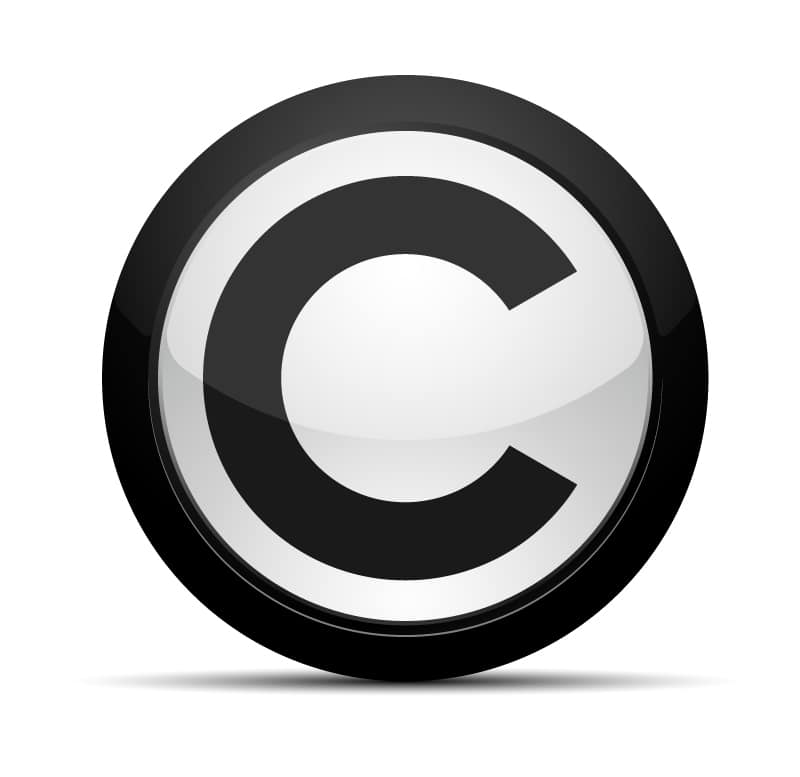Copyright and Fair Use
Respecting ownership of the materials you use
What are Copyright and Fair Use?
Unless otherwise stated, copyright automatically applies to any ‘original work of authorship’ (from books and articles to music, illustrations, and recipes) and as soon as it is captured in ‘fixed, tangible’ form. It doesn’t require affixing the Copyright ( ©) symbol, registering with the copyright office or any other action. When it’s made, it is covered.
Fair Use is a set of guidelines (a “doctrine” if you care about such things) outlined within copyright law for people other than the copyright owners who want to use some or all of a copyrighted work. Fair Use is not a law it is a set of guidelines.

How Can I Use Copyright and Fair Use in My Course?
Many of the materials you use in your course are likely covered by copyright. Do you have permission to use these materials? Are you following the fair use guidelines?
What is covered by copyright?
As stated above, any “original work of authorship” is covered by copyright. There is a limit to how long copyright lasts — to determine if a work is still protected by copyright (and unless it was published before 1923, it probably is!), you can use the very useful Digital Copyright Slider (required flash).
A few works aren’t covered by copyright, including:
- titles, names, slogans, short phrases (some of these can be registered as Trademarks though… use common sense)
- works that haven’t been “fixed” (recorded, written down, etc)… such as the song you serenaded your would-be significant other with or your spoken rant about reality television
- ideas and facts (simply stated, common knowledge… again, common sense)
- public domain (we’ll talk about this later)
How do I make sure my use is fair?
To qualify as Fair Use, your use of the copyrighted material should be in line with four basic guidelines, known as the Four Factors:
- The purpose and character of the use
Purpose: are you using the copyrighted work for profit (whether as part of work you profit from or by selling directly) or for non-commercial purposes (school work, non-profit use)? If you are using the work for non-commercial purposes, this counts in your favor.
Character: are you transforming the work or replicating it? For instance, are you creating an original painting incorporating elements of an existing photograph or painting? Transforming the work to create something new (known as a “derivative”) counts in your favor. - The nature of the work being used
It counts more in your favor if the work you are using is a factual work: a nonfiction book, article, encyclopedia entry, etc. than if it is a creative one: a story, poem, song, painting, etc. - The amount and substance of the work being used
The less you can use of a work to achieve your goal, the better. Using a snippet or quote is more likely to be considered fair use than using an entire work— or a significant proportion of it. Also, consider if you are copying “the heart” of the work… Vanilla Ice paid for infringing by copying a very short (1 second or so) bass line from a Queen song because it was so recognizable and clearly the “heart” of the original song.
Sample: Under Pressure
Compare to: Ice, Ice Baby - The effect of the use on real or potential market value
Does your use negatively effect real or potential sale of the original work or a work that the original is part of?
Questions and Considerations
Each of the factors of fair use represents a spectrum, not an absolute either/or. Fair use isn’t complicated as much as the doctrine is purposefully vague, the intention being to allow a broad exercise of fair uses. There are many uses that are well established as fair and don’t take much thought: quoting a few lines from a poem, quoting lines from articles, selected paragraphs from books, etc. There are tools to help if you’re not sure, particularly useful: Fair Use Evaluator and the Fair Use Checklist.
You might also consider using Creative Commons licenses in your courses. Creative Commons is an organization whose mission is to create and promote a range of easy-to-implement licenses that work alongside copyright. These licenses make very clear what is allowable. They enable creators to share work in a reasonable way. It’s simple to use a Creative Commons license on anything you create. Creative Commons goes hand-in-hand with copyright, Fair Use and public domain.
Regardless of whether Creative Commons License or Fair Use materials are used, the best practice for your course is to provide clear attribution. Materials include images, video, linked journal articles, websites, slides, publisher materials, etc. References should include author or owner name, date of publication, resource title, and URL source. If permission has been obtained to use materials in a course, include an indication to learners that permission has been granted for use.
Copyright and Fair Use Resources
- Copyright & Fair Use Guidelines and Resources (Stanford Libraries)
- Cornell University Copyright Term Table [also available in PDF]
- Copyright Duration Flowchart
- Fair Use of Copyrighted Materials (University of Texas)
- Code of Best Practices in Fair Use for Media Literacy Education [useful for ALL educators, particularly in understanding your rights vs the hype]
Helpful How-To Instructions
- Fair Use Evaluator
- Fair Use Checklist
- Creative Commons Q&A
- Digital Copyright Slider (requires flash)
If you’d like to learn more in-person, please attend on of our workshops or feel free to contact a Designer with questions.
